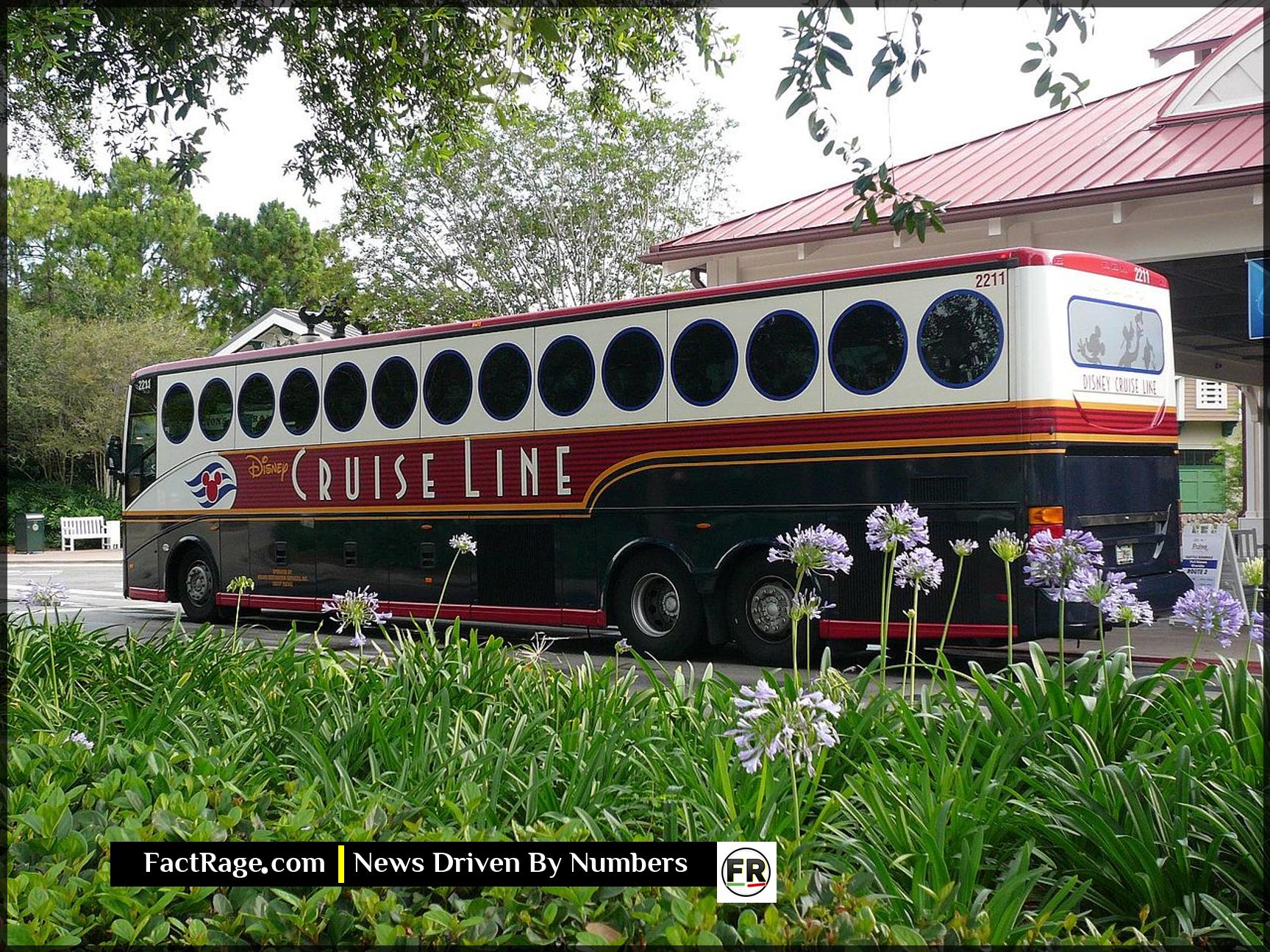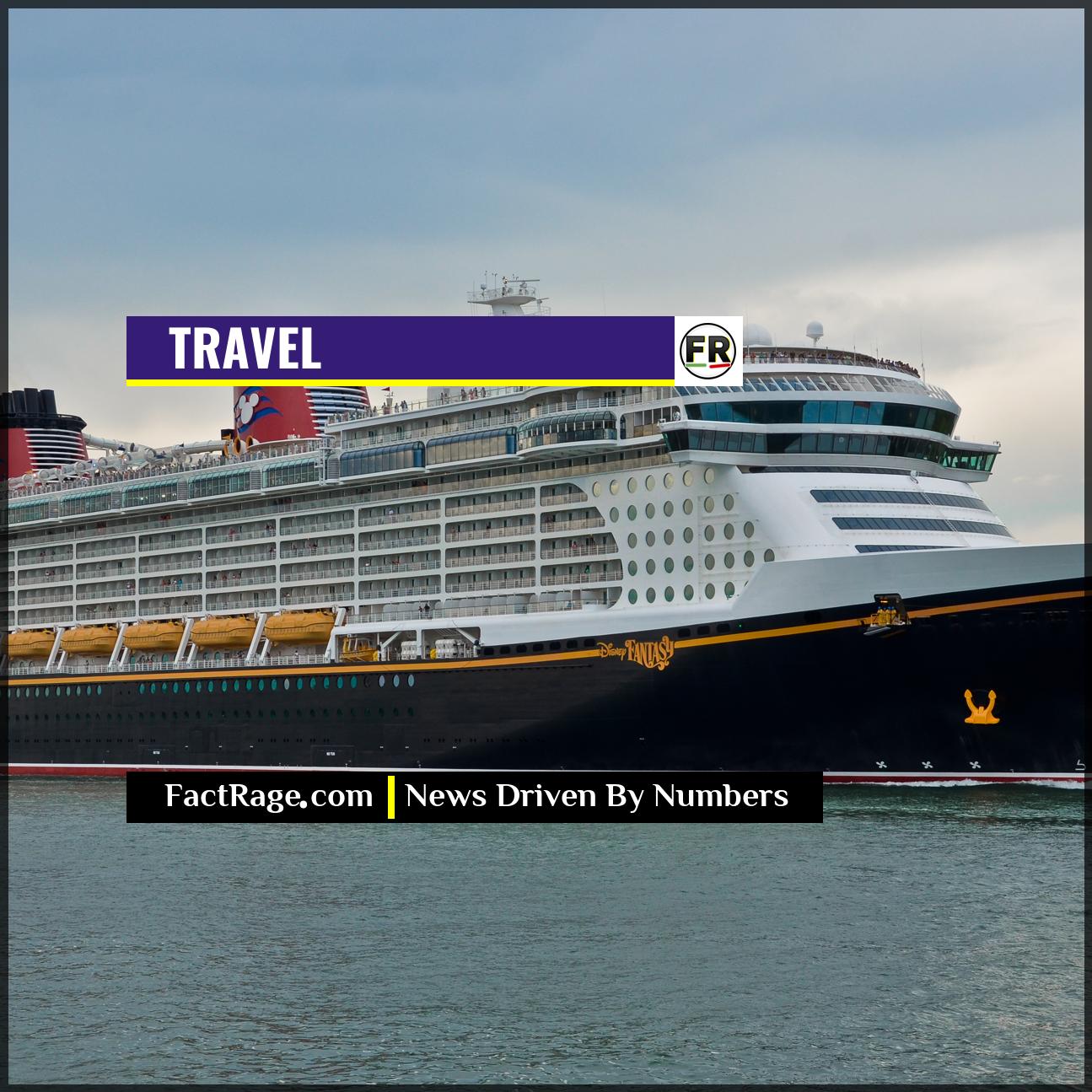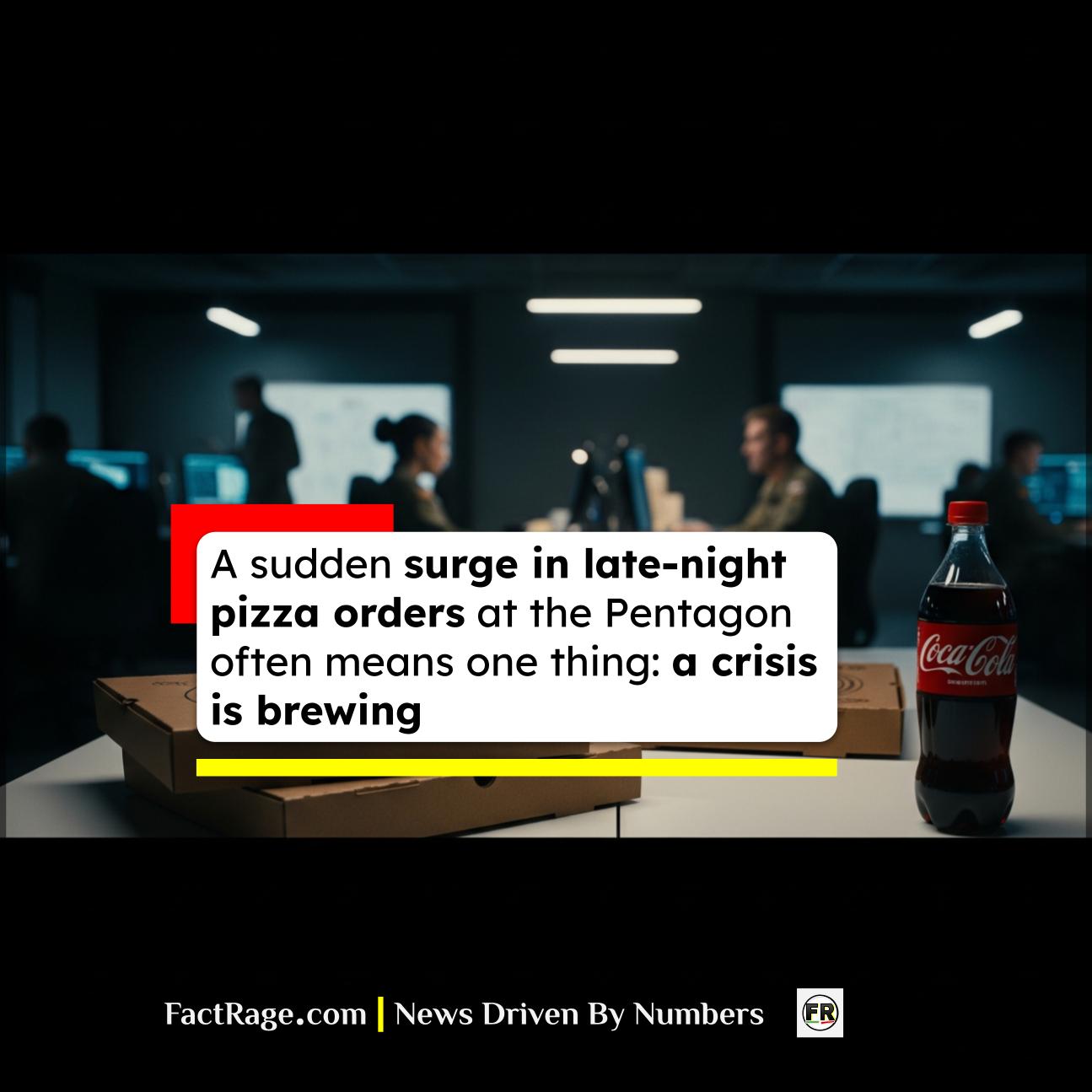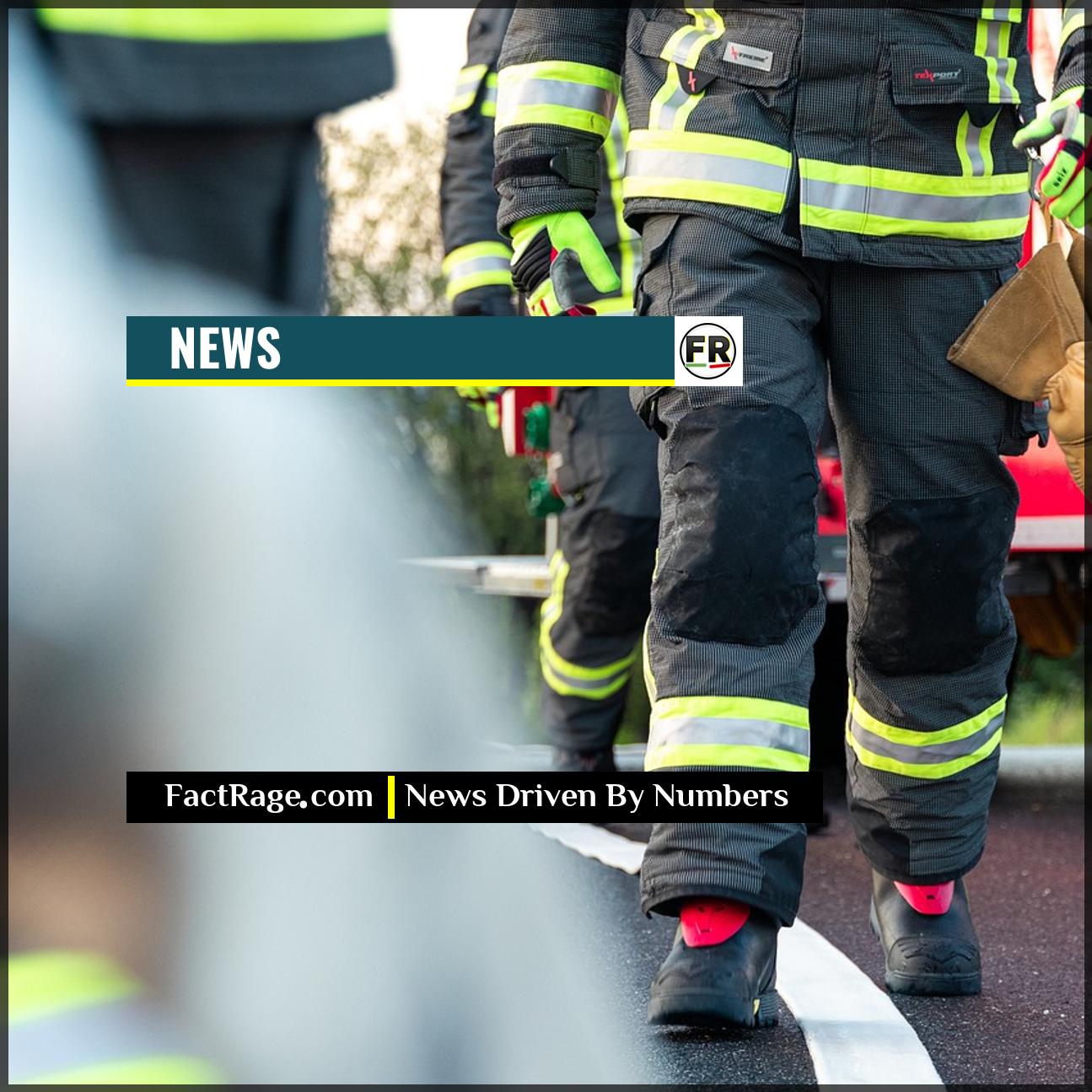NATIONWIDE – An overboard incident on a cruise ship represents a chilling intersection of leisure and crisis, prompting widespread questions about safety on the high seas.
- Statistically Rare Events – Between 2009 and 2019, an average of 21.2 people went overboard per year from cruise ships and ferries, a tiny fraction of the hundreds of millions of passengers who travel annually.
- Strict Safety Regulations – The international Safety of Life at Sea (SOLAS) convention mandates specific safety features, including railing heights of at least 1,070 mm (42 inches) to prevent accidental falls.
- Complex Rescue Operations – “Man overboard” protocols trigger an immediate, complex response including ship maneuvers, the deployment of rescue boats, and coordination with regional coast guard authorities for search and rescue.
While headlines surrounding overboard incidents are terrifying, the data shows they are exceedingly uncommon. Still, the visceral fear they evoke speaks to a universal anxiety about safety in environments we associate with relaxation and escape. This stark contrast between expectation and potential reality is what makes these stories so compelling and unsettling.
The Anatomy of a Vacationer’s Worst Fear

For millions of families, a cruise vacation represents a contained, safe adventure. The modern cruise ship is a floating city, engineered for entertainment and comfort. Yet, the open ocean is always just over the railing. When a person falls, particularly a child, it strikes at the core of a guardian’s deepest fear: a momentary lapse of attention leading to an irreversible tragedy.
This fear was brought into sharp focus by the 2019 death of 18-month-old Chloe Wiegand, who fell through an open window on a Royal Caribbean Group ship docked in Puerto Rico. While the circumstances of that case involved an open glass pane rather than a railing, the incident forced a global conversation about ship design, child safety, and the assumption of risk. It underscores a crucial question many parents ask: Are these environments truly designed to be foolproof for the most curious and vulnerable passengers?
How Ships Are Designed to Keep Passengers Safe
The cruise industry, overseen by international maritime law, operates under stringent safety protocols. The most visible of these are the high railings and plexiglass barriers on all passenger decks, designed to make an accidental fall by an adult nearly impossible. For companies like The Walt Disney Company’s Disney Cruise Line, which caters specifically to families, additional measures like solid metal verandah railings (as opposed to open bars) and child-proof locks on stateroom balcony doors are standard.
What happens when someone does go over? Modern ships are equipped with advanced Man Overboard (MOB) detection systems that can use radar, thermal imaging, and motion sensors to alert the bridge crew instantly. Once an alert is confirmed, the ship’s crew initiates a set of highly choreographed maneuvers. This often includes a “Williamson Turn,” a technique that allows the massive vessel to reverse its course and return to the exact point of the incident as quickly as possible. Simultaneously, rescue boats are prepared, and a ship-wide alert puts the entire crew on standby to act as lookouts.
When Protocols Are Tested: The Aftermath of an Emergency
The moments following a MOB alert are critical. The success of a rescue operation depends on a number of factors: how quickly the person was missed, water temperature, sea conditions, and daylight. The crew’s response is swift, but the ocean is vast. A search involves not just the ship itself but also coordination with the Coast Guard and any other vessels in the vicinity.
For the thousands of other passengers on board, the experience can be deeply unsettling. A vacation atmosphere is pierced by emergency announcements and the sight of a search and rescue operation. The psychological impact on those who witness an event, and on the family involved, is profound. Cruise lines have crisis care teams trained to provide support, but the incident serves as a stark reminder of the inherent risks of sea travel, however small they may be. The event transitions from a personal tragedy to a shared community trauma, raising questions for everyone on board about vulnerability and safety.














